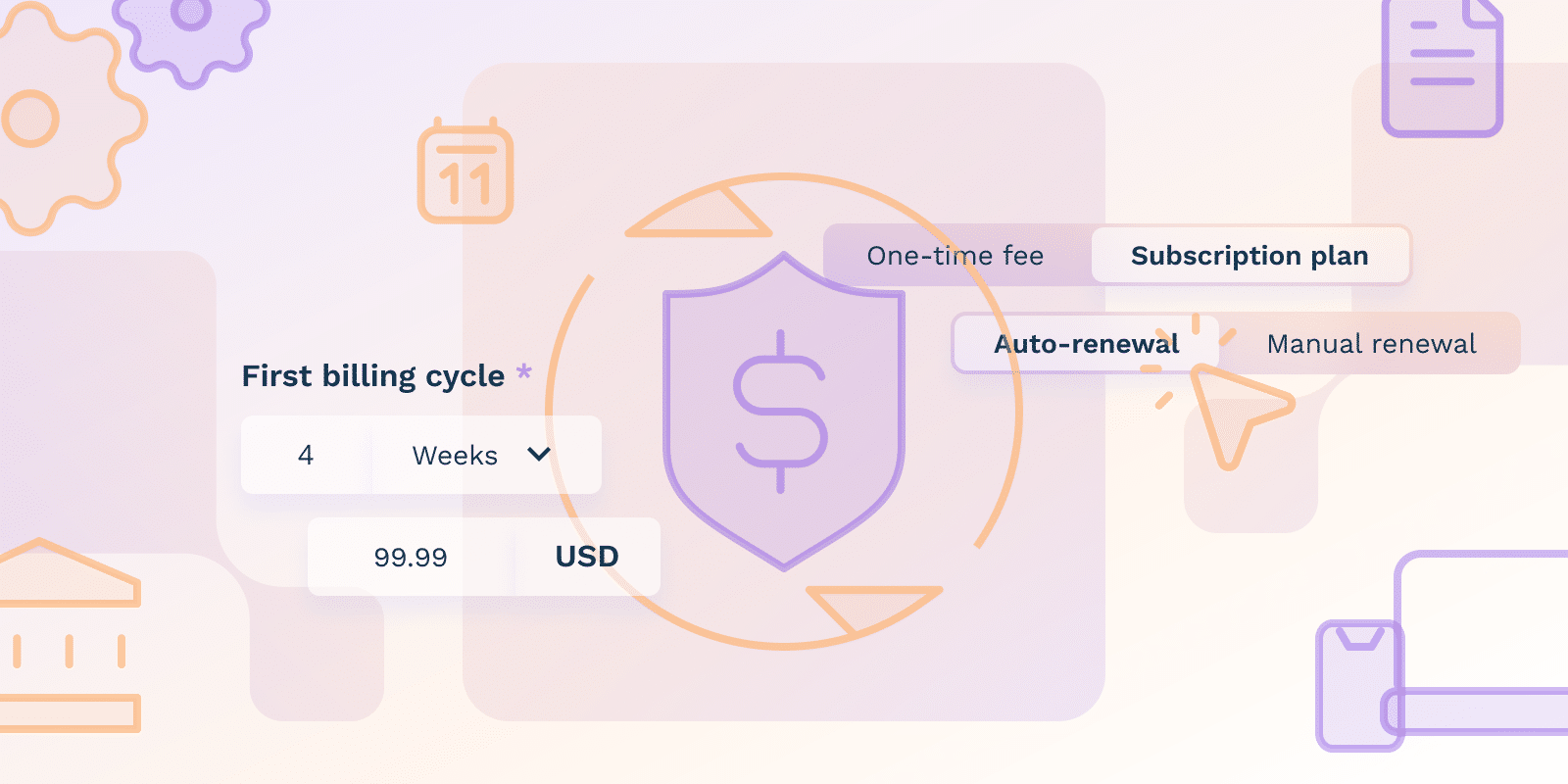SaaS Payments
What Is a SaaS Payment Lifecycle?

What Is a SaaS Payment Lifecycle?
The SaaS payment lifecycle is the entire process of handling payments in a subscription-based software company. The process encompasses a customer’s subscription period, including payment issues, renewals, cancellations, and consistent expenses.
This procedure’s comprehension relates to SaaS businesses’ cash flow, consumer friction, and potential for long-term scalability.
How Does SaaS Payment Processing Work?
A business’s capacity to bill clients regularly may be related to its utilization of a unified collection of tools and workflows for SaaS payment processing. A SaaS payment processor handles dynamic requirements like plan adjustments, trials, and invoice generation, encompassing more than isolated transactions.
Key Features
- Automated Billing: Charges customers on a set schedule (e.g., monthly or annually).
- Payment Gateways: Facilitate secure transactions
- Invoicing & Taxes: Provides invoice generation with tax calculations that vary by region.
- The retry logic (dunning) feature: Provides automated retries for declined payments, along with notifications to users..
- Revenue Analytics: Tracks churn, revenue growth, and billing health.
- A B2B SaaS platform automatically upgrades a client’s subscription as they add users.
- A design SaaS charges annually, applying a prorated refund when a customer downgrades.
- A small startup uses a third-party billing solution to manage taxes across multiple countries.
Why Is Recurring Billing Vital for SaaS?
Recurring billing allows SaaS enterprises to collect revenue at regular intervals. Forecasting, planning, and making sure that client lifetime value increases over time all depend on it.
This payment mechanism relates to development scalability, the amount of manual labor required, and the smoothness of the client experience, particularly with variable plans or consumption.
Pros and Cons of Recurring Billing
|
Pros |
Cons |
|
Predictable, steady cash flow |
Involuntary churn from failed payments |
|
Easier customer management |
Complex to implement across regions |
|
Scalability with automation |
Requires ongoing maintenance |
|
Supports multiple pricing tiers |
Compliance requirements (e.g., taxes) |
How to Choose a SaaS Payment Solution?
Your existing size, objectives, and technological capabilities will all influence which solution is best for you. Your billing system should reduce, not increase, friction, whether you’re connecting custom APIs or using an all-in-one platform.
Self-Assessment
- Do I need to support multiple pricing models (e.g., freemium, usage-based)?
- Am I equipped to handle taxes and compliance manually?
- Will this solution grow with my business in 12–24 months?
Decision Factors
- Scalability: Can it support increasing users and plans?
- Ease of Integration: Does it work well with your tech stack?
- Compliance: Does it handle global taxes, privacy laws, and invoices?
- Customer Experience: Is the billing flow simple and transparent?
Cost Efficiency: Are the fees in line with your revenue size?
How to Manage B2B SaaS Billing?
Billing management in a B2B SaaS context can present added layers. You’ll often deal with longer sales cycles, negotiated contracts, and invoicing instead of immediate card payments.
Tips for B2B SaaS Billing
- Offer flexible payment terms like Net-30 or Net-60 invoices.
- Support purchase orders and manual approvals if needed.
- Provide downloadable tax-compliant invoices.
- Integrate with clients’ procurement or ERP systems.
- Allow custom plan configurations and billing cycles.
Key Considerations
- Contract Terms: Length, renewals, and penalties must be clearly defined.
- SaaS Payment Methods: ACH, wire transfer, or credit card flexibility may be required.
- Legal Compliance: Ensure alignment with enterprise policies and local regulations.
- Account Hierarchy: Ability to bill different departments or subsidiaries separately.
How to Reduce Billing-Related SaaS Churn?
Billing-related churn—especially involuntary churn—can silently drain your recurring revenue. Customers often leave due to failed payments, unclear charges, or complex billing processes.
Usage Tips
- Automate payment retries over several days.
- Notify users early when a card is expiring or a payment fails.
- Offer self-service account management for upgrades, cancellations, and payment updates.
- Use clear language in invoices and emails to build trust.
- Monitor billing analytics to detect trends in churn sources.
Key Considerations
- Retry Windows: Customize how often and when to retry failed payments.
- Payment Options: A greater variety of payment methods might be associated with fewer unsuccessful attempts.
- Customer Support: Addressing billing issues promptly is related to lower levels of dissatisfaction.
- Localization: Display currencies and billing terms in the customer’s native language.
Conclusion
The foundation of any profitable subscription business is the SaaS payment lifecycle. Understanding this cycle may influence decision-making related to areas like churn, compliance, payments, and billing. System investments, whether for enterprise solutions or new SaaS offerings, can have an effect on long-term growth..